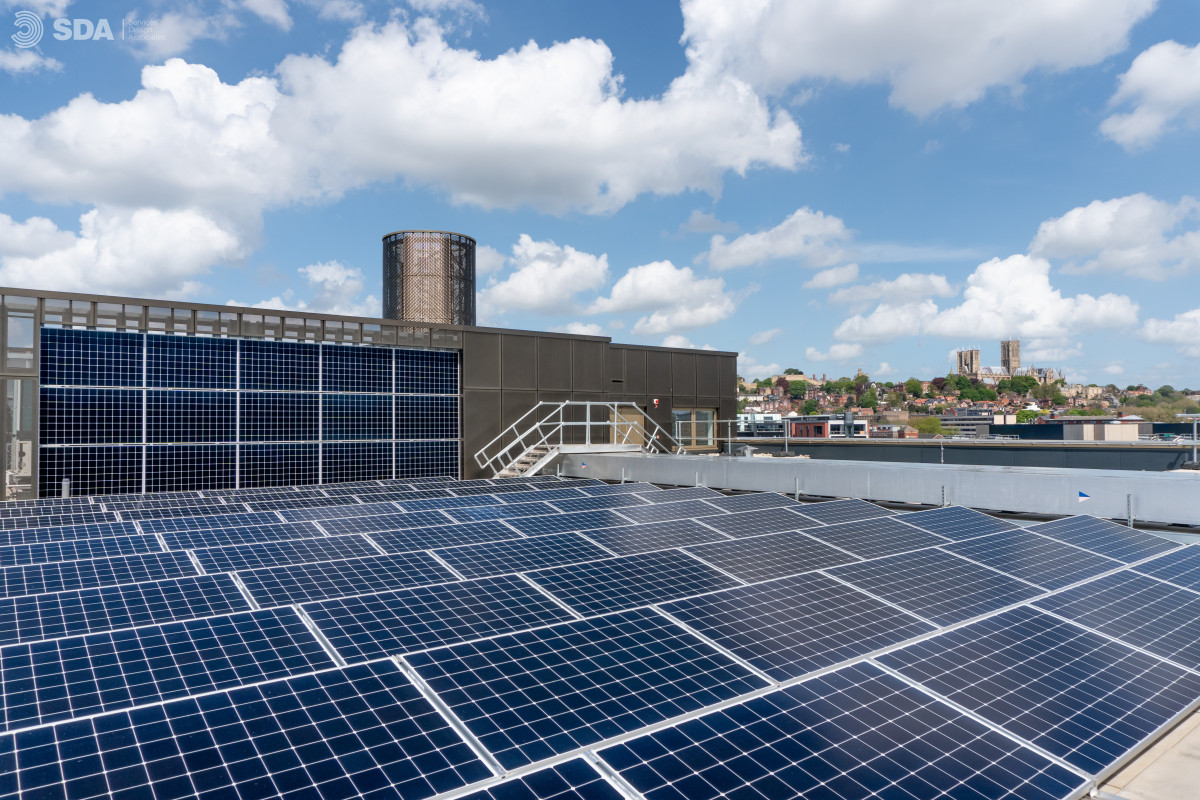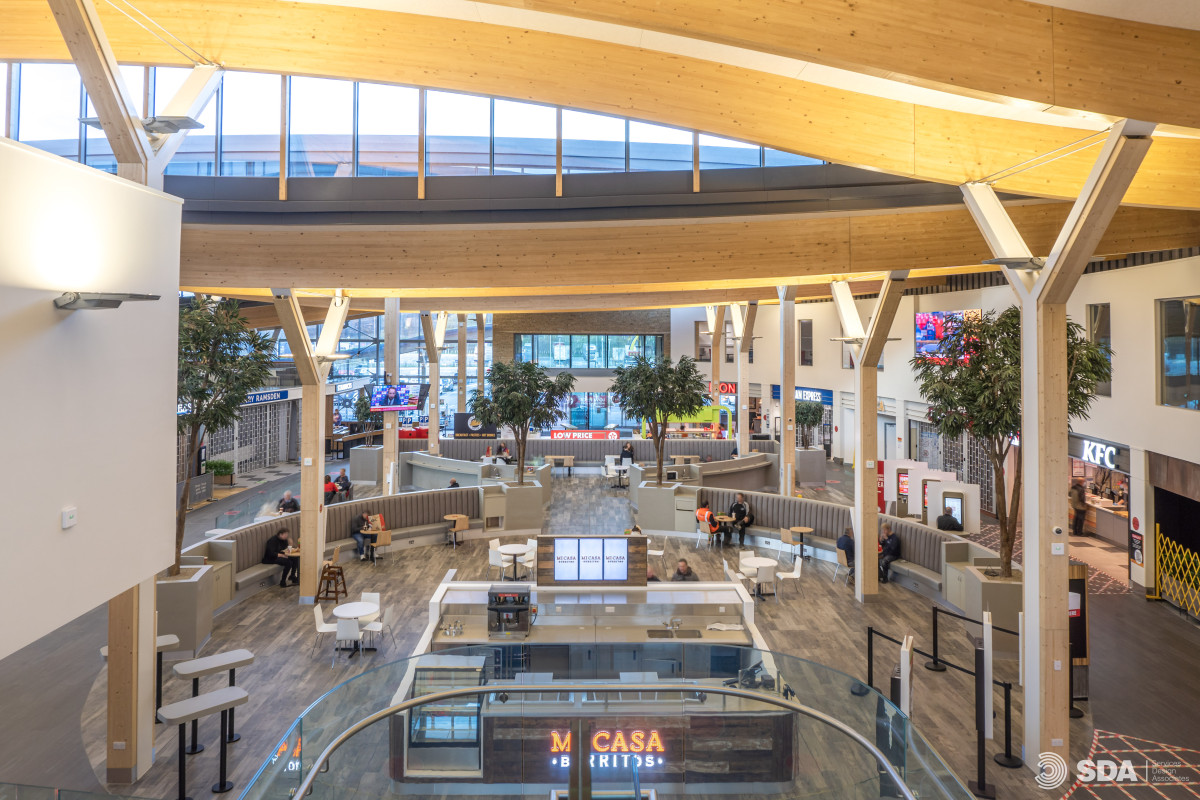
Lincoln Medical School
Services involved
Project Description
Lincoln Medical School enables medical students to experience real life situations encountered by those in the medical profession, it’s through this brand new facility the University aim to attract the next generation of medical students. The building is made up of laboratories, clinical suites including mock consultation rooms to simulate hospital wards or a GP surgery as well as open plan teaching and break out spaces which provides opportunities for collaborative small group working, presentations and workshops.
Early aspirations were focused on a carbon neutral solution, however with biophilic design principles and the implementation of LZC technologies, this is the most sustainable building on the Lincoln University campus, achieving BREEAM ‘Excellent’.
The work SDA undertook at our site has not only made us more sustainable, but the aesthetic of our premises has now moved on leaps and bounds.
M&E Design & Sustainability
Providing a suitable environment and reducing energy consumption were the defining principles from the onset of the scheme in order to achieve a low carbon building. All aspects of the building were considered from its orientation, massing, building fabric along with passive servicing strategies that exploited solar gain and thermal mass to offset / supplement space heating, natural ventilation for fresh air and space cooling in summer. Also careful consideration of window positions, size and lighting transmittance factors to optimise daylight transmission reducing the need for artificial lighting and significantly reducing the buildings energy profile. These options were modelled to demonstrate their potential.
Low and zero carbon feasibility studies, carbon neutral reports, energy efficiency studies, space heating and hot water option appraisals were used throughout the design process to demonstrate capital investment, payback, lifecycle and operational costs benefits of each primary energy source considered. These were reviewed in collaboration with the University to inform the decision making process and justify the technologies provided in this facility.
In addition to passive design solutions, low energy technology (e.g. LED lighting and automatic lighting controls) and LZC technologies (e.g. air source heat pumps) were applied to meet the resultant energy needs of the building to deliver an energy efficient, low running cost and low carbon solution.






